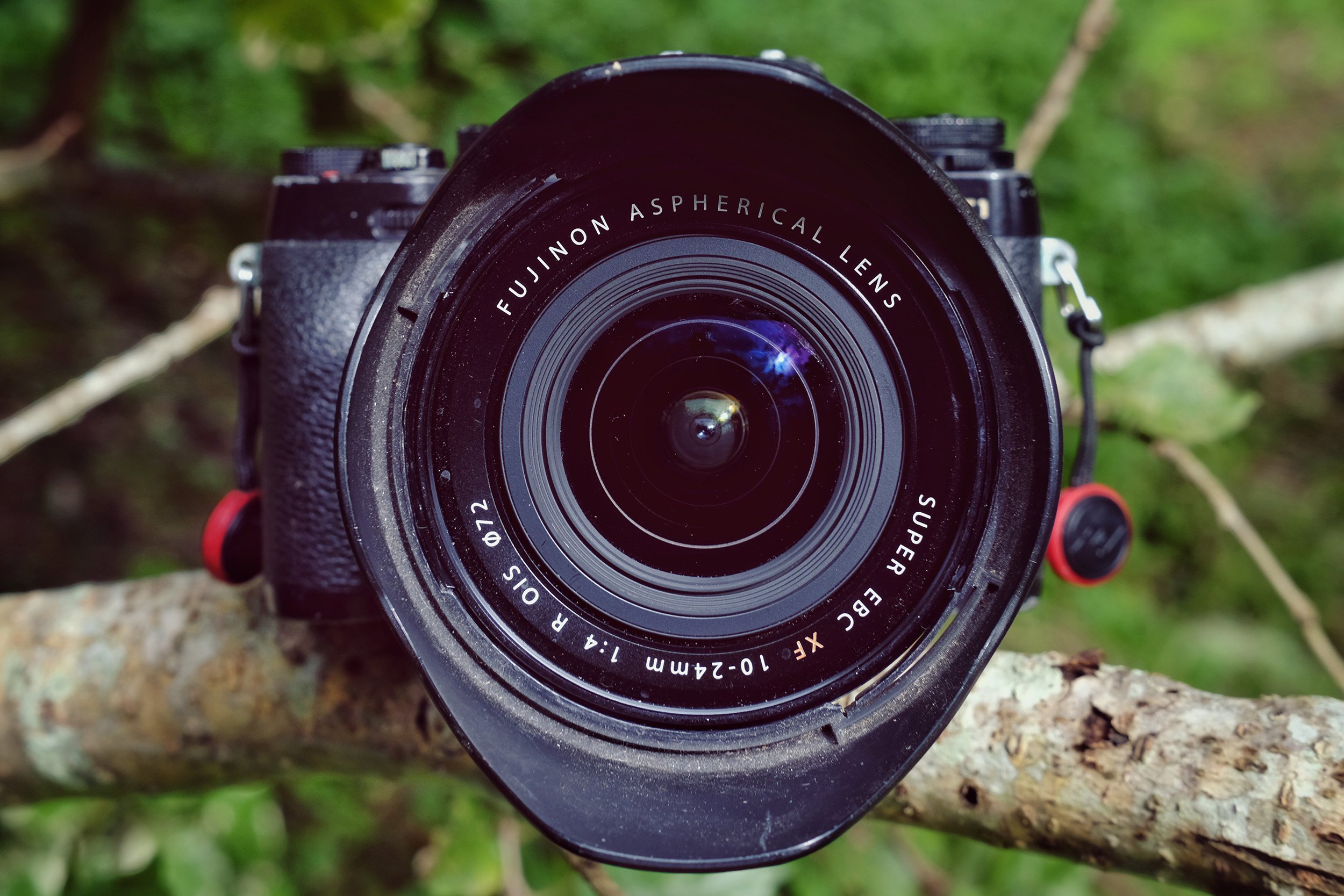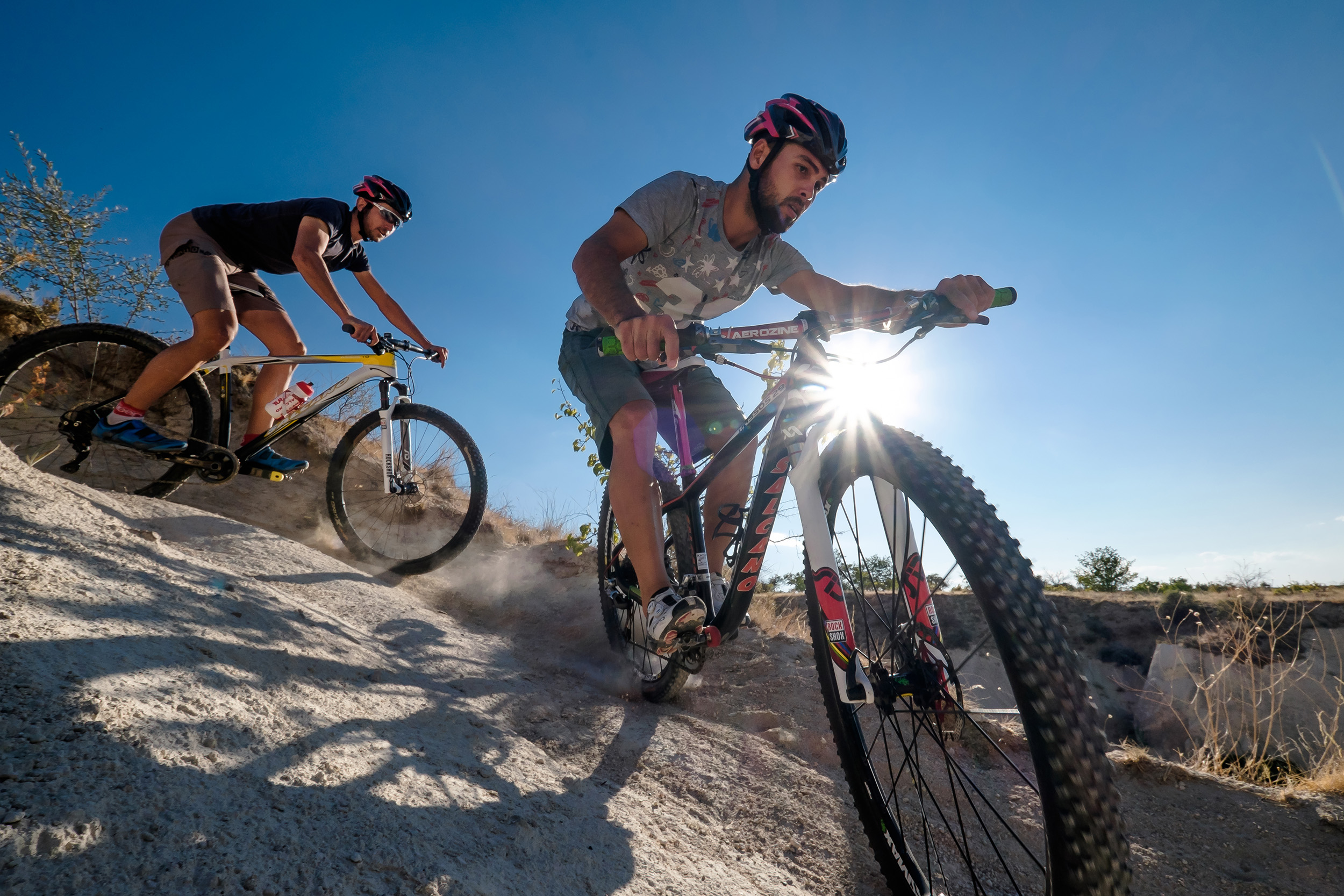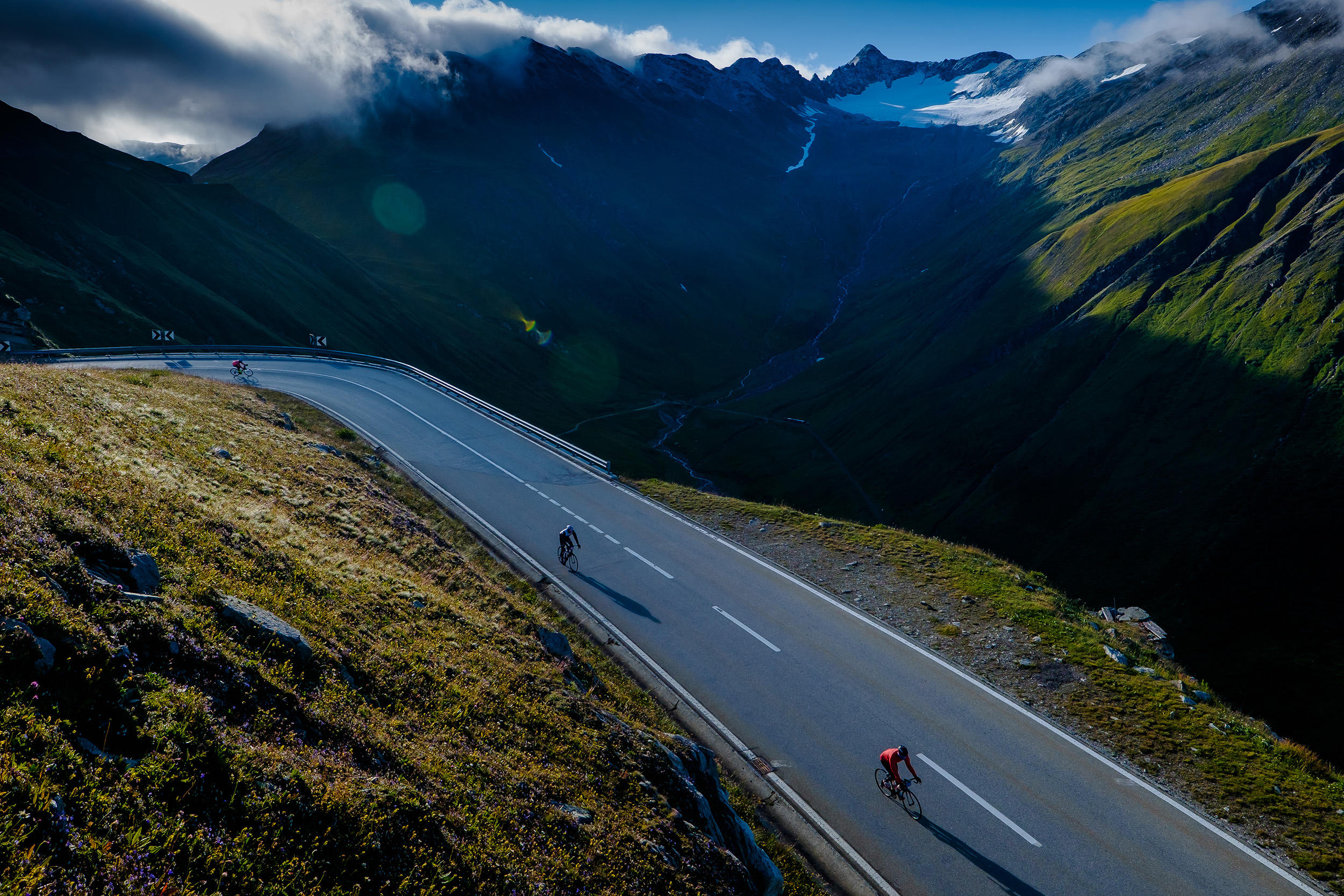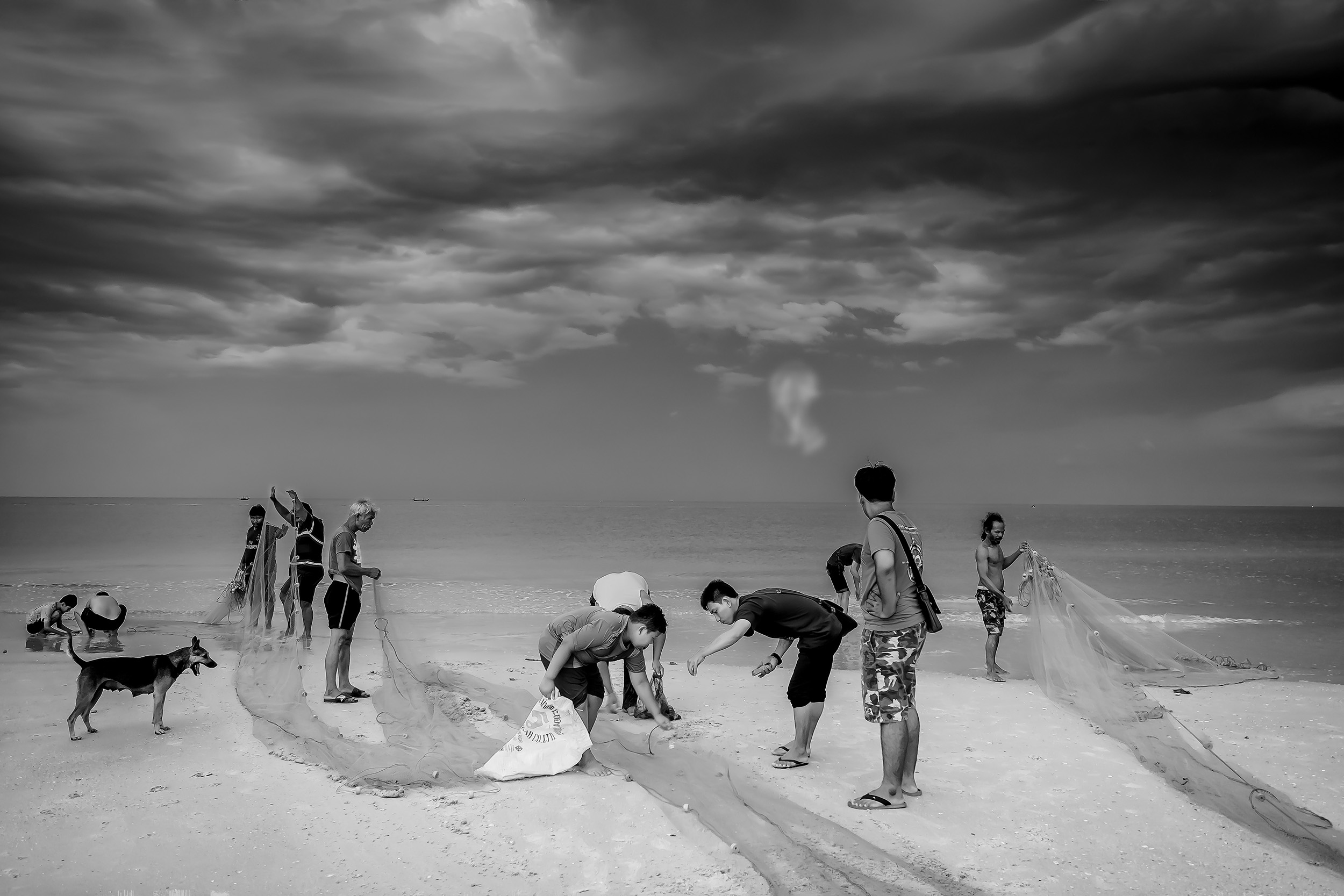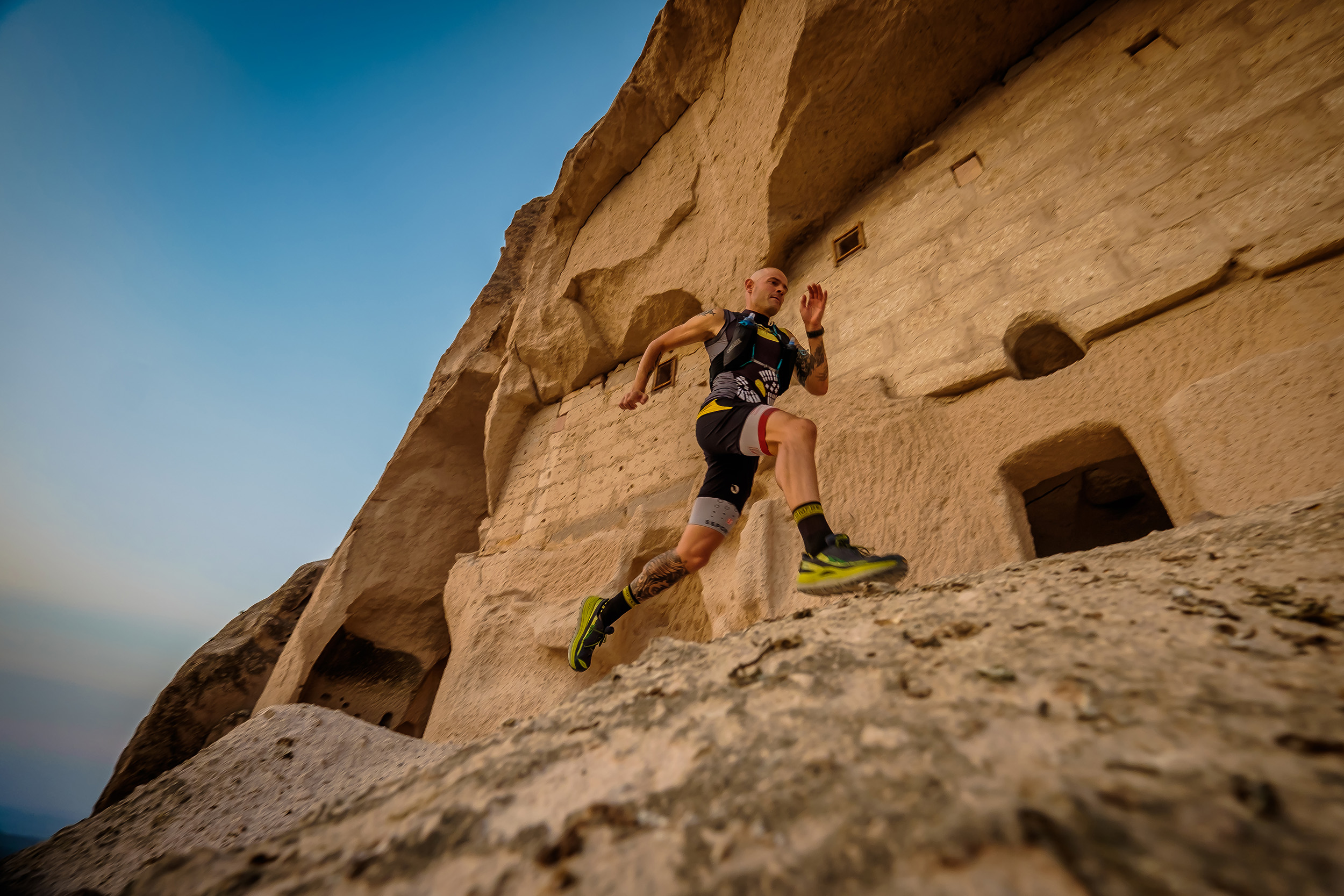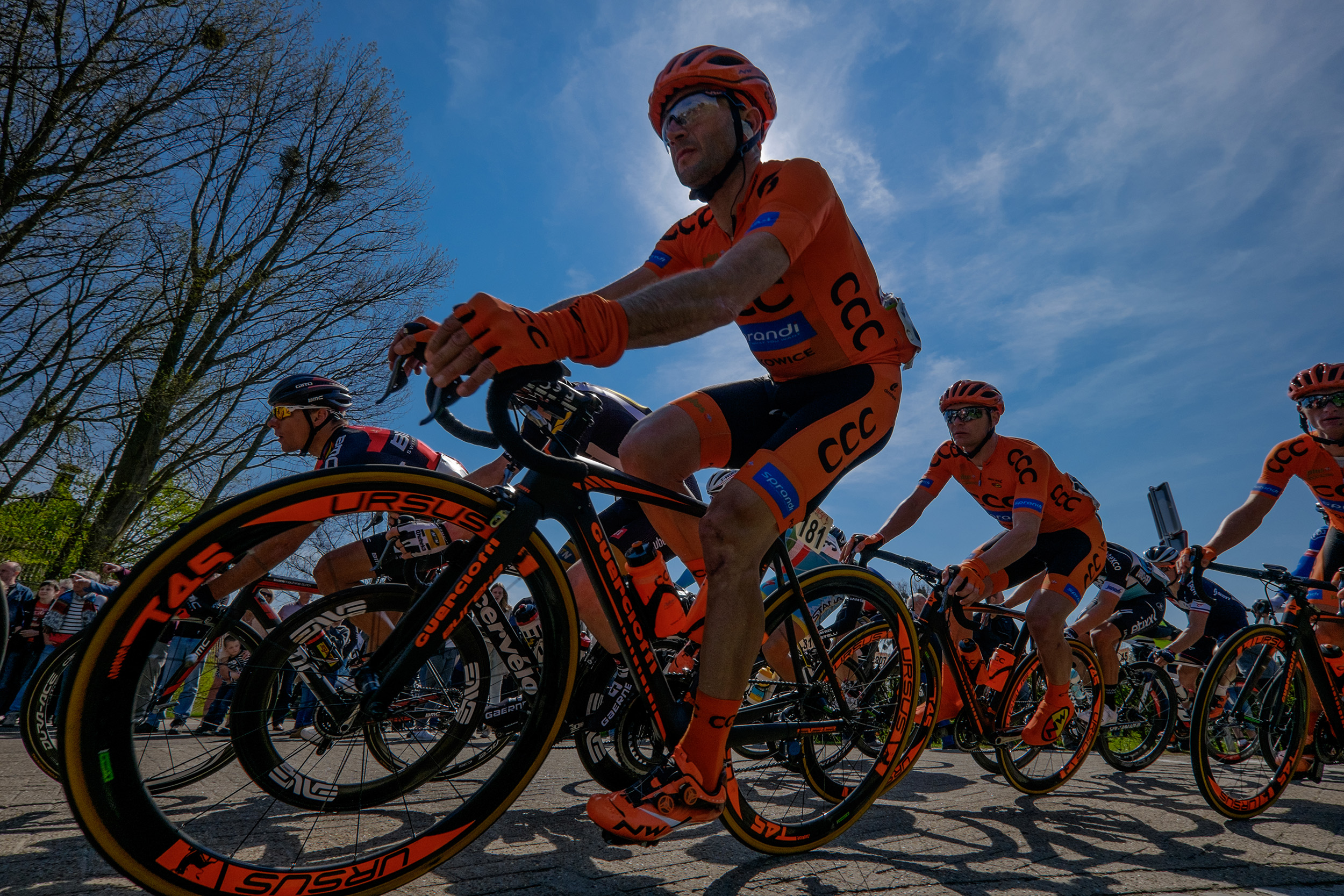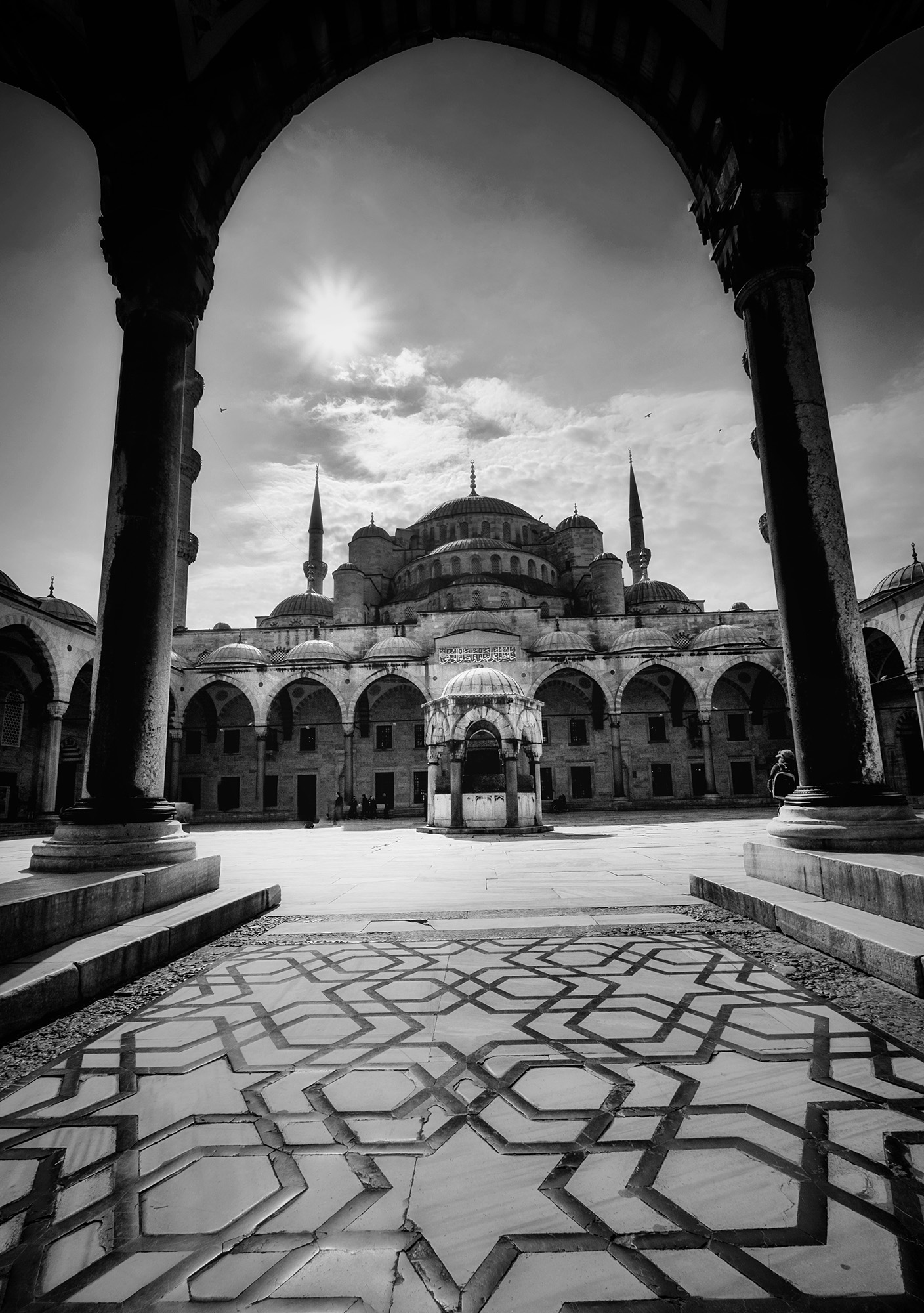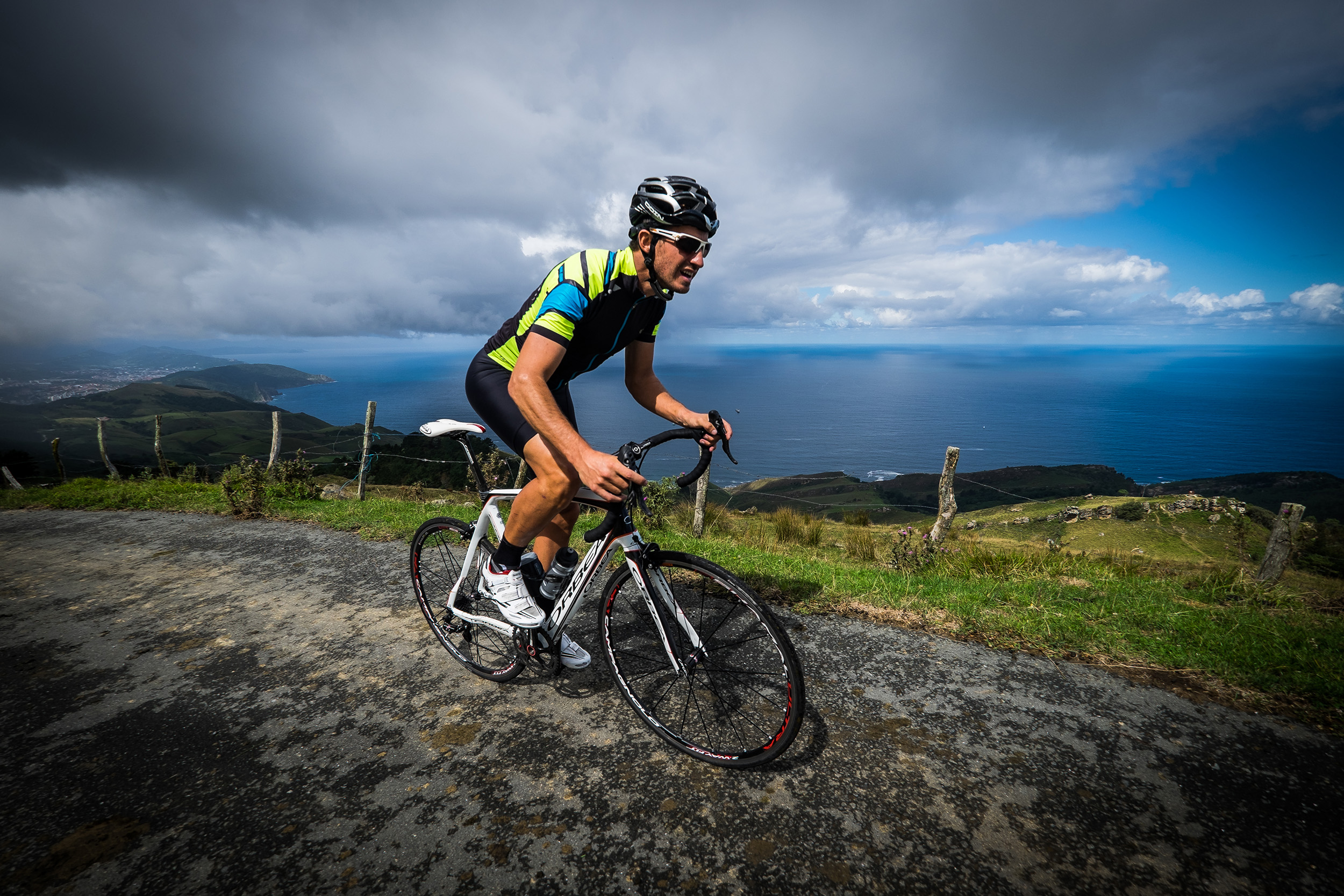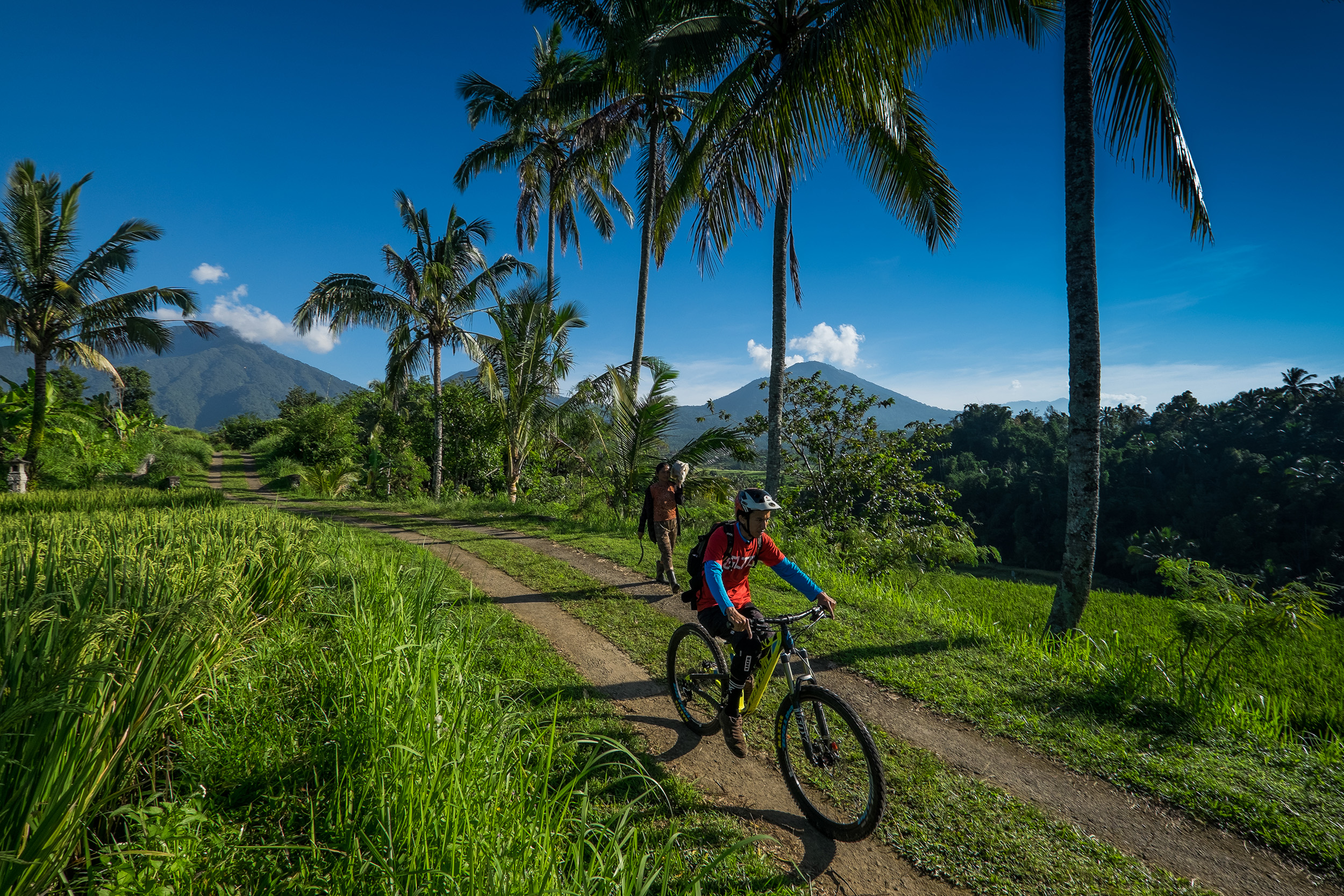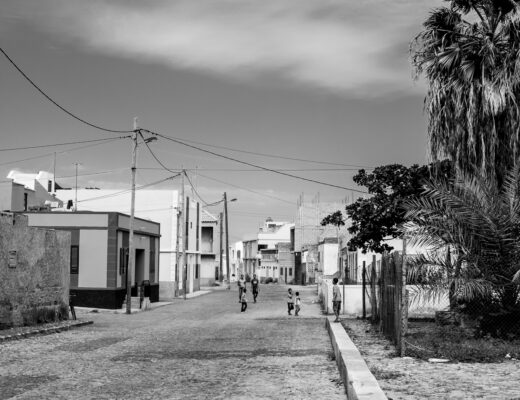Bold but not brash – Fujifilm’s wide original wide boy is a modern classic.
The wait for the super-wide XF10-24mm lens to arrive seemed like an eternity to me. It was the one lens that I’d most eagerly anticipated, and I was desperate to get my hands on one as soon as it reached the retail shelves, and even earlier if possible.
With shooting a lot of outdoor sports and adventure seeing wide had always been my weakness – in so much as I couldn’t resist getting close up and wide. Until this lens became available I had always carried two camera systems with me on the road; the other one being Canon DSLR setup, for which I relied on for my wide-angle zoom work (with a fisheye and a 17-40mm).
At that time there were no reviews around on the new 10-24mm lens, and to be honest that didn’t really bother me. I’d been using the 18-55mm and 55-200mm Fuji lenses for a while, and had developed a growing trust in the glass. With a wide lens (in my experience) a fast aperture and autofocus speed is nowhere near as critical as it with longer lenses, so however it may perform I figured I could work around it. The lens would also complete my (then) Fujinion holy trinity of zoom lenses.
After badgering Fuji for clues as to where I might get hold of one of the first local copies I managed to confirm an order for an early arrival. It wasn’t cheap, and was perhaps a little beefier than I’d anticipated, but the build quality was (and still is) superb, and it was well worth that opening price I paid. As for the size; it does feel a little front heavy at first, but that’s par for the course with such wide-angle zoom lenses, many of which are considerably bigger.
With a 35mm wide-end equivalent of around 15mm this lens is ultra wide, with a similar wide side frame coverage to that of a fisheye (only without the crazy barrel distortion). This makes it suitable for all sorts of uses, from landscapes to architecture, and particularly for action sports (in my case).
Naturally with such a lens, when used towards its more 10mm focal length you do need to be aware of distortion, particularly with architecture and converging lines, although in some cases the look can be very appealing.
You do also need to be very careful when shooting action close up. To fill the frame you can be within centimetres of the subject, and if you’re looking through the viewfinder you could end up being part of the action – as I have done on occasion.
Although I’ve always had a clear leaning towards the broad end of imagery, through not having that option with my early Fuji’s I did drift more into the mid field with focal lengths. Then again, this is a few years further down the line and perhaps I’ve changed or matured some in my own photographic style, and thus now tend to use the lens less often that I assumed I would.
Dusting though my Fuji back catalogue it was very apparent to me that I’d stuck a whole lot more in that mid field area of focal lengths in recent times, although the big and bright images shot on this lens do really jump out at me, and are some of my recent favourites.
When a lens goes onto a camera body I tend to stick with it for a while. I focus on working within that focal length, which probably explains my noticeable drift away from the wide view (I have the 18-55mm on most of the time).
That’s not to say that wide is any the less appealing to me these days; it’s simply that my tastes have narrowed down a little. The lens has now become something of a special lens, and is one that still excites me in a way other lenses don’t.
It’s kind of like a secret ingredient that I now use more sparingly than before. It’s one which helps to assure that I still get that “wow” factor when I add it to the mix, rather that it becoming a regular daily photographic seasoning.
My gear tends to get the rough end of the deal when it comes to abuse, and that particularly applies to my wide angle lenses. The situations I mostly use them in tend to be dusty or muddy, and I will either be working with 2 cameras or switching lenses in a hostile environment – and in a hurry. This usually involves laying the cameras down on the ground or on a backpack in a hurry, so as to capture the action from obscure angles and focal lengths at speed.
The 10-24 has stood up well to the abuse over the years. It’s been dropped a few times; has worked through sandstorms, rainstorms and snowstorms, and has sweated through tropical jungles. I’ve smashed a couple of UV protective filters and dinked the filter threads, and it has a scuff on the front glass (which you cannot see on images).
From a performance stance this is a lens that has never failed me, or failed to woo me. I would prefer more crisp and defined sun stars, and a little less flaring around them, but that’s all part of it’s individual character and the look is distinct and quite appealing. Weather sealing would be a nice touch, although no lens is perfect – and this one is more than good enough.
There’s no question when it comes to this lens; it’s one great piece of kit. If I was to lose it today then I would be online ordering another before the day was out.

